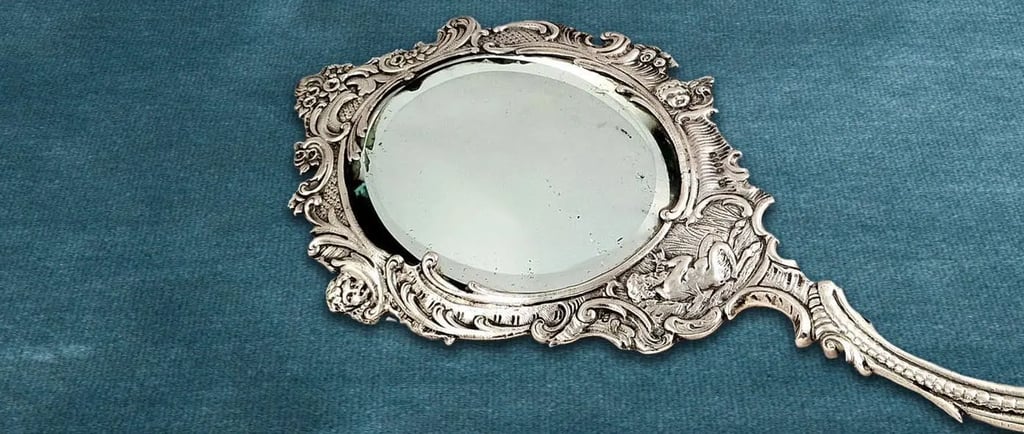The Evolution of Mirrors in the Victorian Era: A Glimpse into Innovation


The Victorian Era: A Time of Innovation
The Victorian era, spanning from 1837 to 1901, was marked by remarkable advancements in various domains, including architecture, industry, and art. This period saw a significant transformation in the production of everyday objects, with a keen focus on aesthetics and functionality. Particularly intriguing is the innovation surrounding mirrors, which evolved from simple reflective surfaces to elaborate decorative pieces that brightened interiors.
The Discovery of Silver Nitrate Mirrors
During this dynamic period, a groundbreaking method for creating mirrors was discovered, revolutionizing the way they were made. Artisans began employing a combination of silver nitrate, ammonia, sugar, and formaldehyde to produce mirrors with a distinctive reflective quality. This chemical reaction facilitated the formation of a thin layer of silver metal directly on the glass surface, which enhanced the mirror's brightness and clarity. As a result, the mirrors of the Victorian era became not only practical tools for personal grooming but also exquisite pieces of art.
Enhancing Domestic Spaces with Bright Reflections
The introduction of these enhanced mirrors had a profound impact on Victorian interiors. The vibrant, reflective qualities of these mirrors contributed to a sense of brightness and spaciousness in homes. Mirrors were ornately designed and often framed with intricate carvings, serving as central decorative elements in parlors and drawing rooms. Homeowners eagerly incorporated these remarkable pieces into their décor, recognizing their power to transform a space and elevate its aesthetic appeal.
The popularity of mirrors during this era can also be attributed to the social dynamics of the time. With the rise of the middle class, more homes were being adorned with luxurious items that symbolized status and sophistication. As such, mirrors played a vital role in showcasing the affluence of their owners while also providing practical uses, from reflecting light to enhancing the appearance of rooms and furnishings. This remarkable merging of utility and artistry captured the spirit of the Victorian age, demonstrating a longing for beauty amidst industrial progress.
In conclusion, the innovative techniques developed during the Victorian era facilitated the creation of mirrors that were not only visually stunning but also emblematic of the societal shifts taking place at the time. As these mirrors became brighter, they illuminated the lives of those who used them, further enriching the experience of domestic life. Today, we can appreciate the legacy of these Victorian innovations that continue to influence the design of mirrors and reflective surfaces.
